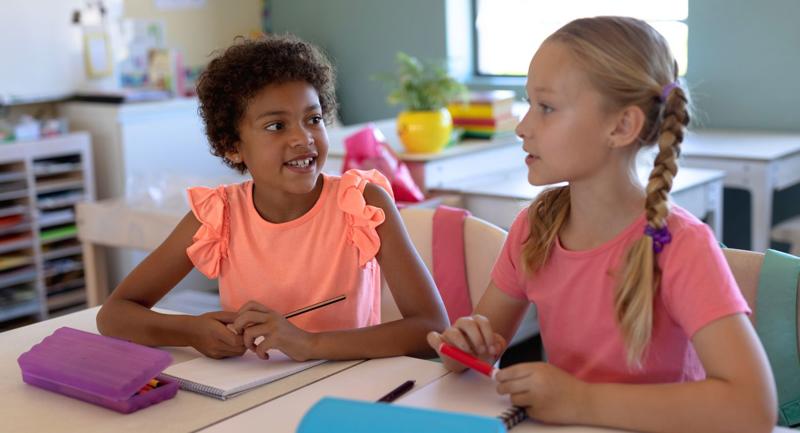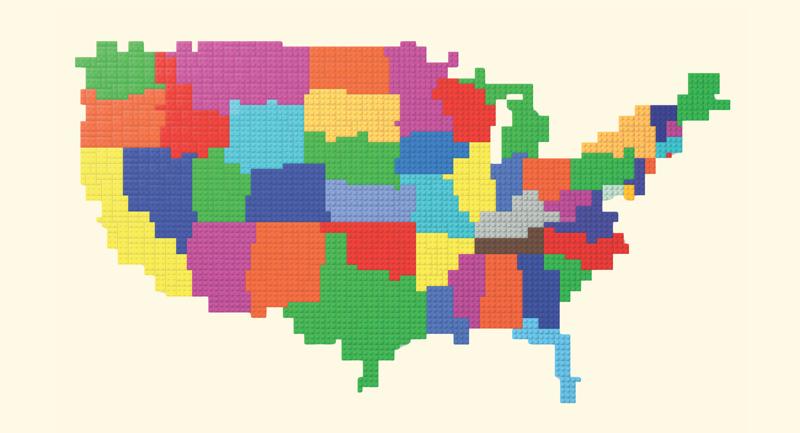The move to remote learning this spring exposed many inequities connected with homework and created some new ones. Some of these inequities were painfully obvious—students without access to technology, parents with limited time to monitor schoolwork, and parents with language or literacy barriers. But there were other, less conspicuous disparities as well: Some students had motivation problems without the face-to-face support of their teachers, and many parents were too overwhelmed to worry about schoolwork at all. We still don't know what form school will take this fall, but it's clear that how we think about and use homework can play a major role in the transition.
Every fall, students come to us with differences in prior knowledge and skills. This fall, with at least two months of remote learning behind them, there will be an even wider array of unique gaps in student mastery of skills and concepts. Our first priority for homework should be to diagnose where individual students are through a series of mastery checks. More narrowly focused than benchmark assessments, these are low-tech, low-risk pretests to see what individual students know and can do. For instance, a 6th grade math teacher might create a no-count take-home quiz with problems at the 4th, 5th, and 6th grade levels to more succinctly assess learning gaps. This should help the teacher determine each student's mastery level and reveal what essential concepts and skills need strengthening. Our next task should then be to individualize homework tasks to address those gaps.
But wait: Won't students have different gaps and need different homework based on those gaps in concepts or skills? Yes, they will. Personalization of learning will be more important than ever. And where homework is concerned, the only way to realistically meet that need will be to cede control to the student. That ownership starts first with removing the threat of grades for homework and replacing them with nongraded feedback. Teachers might provide answer keys; mark incorrect answers but not use points; or give general feedback like, "I see three errors—see if you can find and fix them," or "This answer is a two. Go back and check your notes." That type of feedback reinforces that "not getting it" is OK, and that struggle and persistence are part of learning, but that the teacher is available for feedback and guidance.
Next, we replace tightly prescribed homework tasks with collaboratively designed tasks based on the learning goals we believe are the most crucial for that student. Once we have identified those goals, we begin by giving students the freedom to design the tasks they believe will get them to the goal, offering our guidance and choices of learning resources if they need them. Moving forward, we work together by using that homework to check for understanding and to give targeted feedback that moves the learner forward. Through no-count formative assessments, we allow students to evaluate the effectiveness of their own homework tasks in helping them to reach their learning goals, and, if needed, to guide the creation of new homework. Students may even design their method of demonstrating their learning. For example, students could be given options such as writing a research paper, creating a PowerPoint presentation, or even designing a board game to demonstrate their knowledge of historical events.
How will teachers find the time to do this? First, teachers can front-load the process by designing rubrics that delineate particular goals. Then, students can design the tasks, self-assess, complete no-count formative assessments, and show evidence of learning based on the rubric. Teachers spend less time designing tasks, grading with points, and recording points, and thus have more time to provide one-on-on feedback to students. For instance, if the goal is to Write narratives using effective techniques, descriptive details, and clear event sequences, the rubric would delineate the component skills (such as uses dialogue that is meaningful and shows character responses to situations), the student would then write about whatever they liked, and self-assess each component skill using the rubric, giving evidence of those skills by citing specific passages in their story.
This shift to student ownership of homework is an important step in helping students to take charge of their learning. As they do so, they become more aware of the specific gaps in their learning, and they can more readily articulate them to their teacher. When they design their own strategies, they are more motivated and less likely to need help or prodding from parents. This is especially true for the traditionally disempowered struggling learners (for whom we often overdirect and overprescribe).
Whether you begin the school year with in-person learning with social distancing, a hybrid model, completely remote, or toggling back and forth, this school year will be challenging, to say the least. But this is what teachers do—we adapt, and we do what is best for our students. And what students most need now is to feel in control of their learning. The uncertainties make it all the more vital that we wean student off our constant assistance, help them work more independently, and nurture their ability to persevere with new skills and content.
The good news? You don't have to do all the work yourself. Your students will gladly help you design their learning if you give them the freedom to do so. The reward for you both will be more engaged learning.







